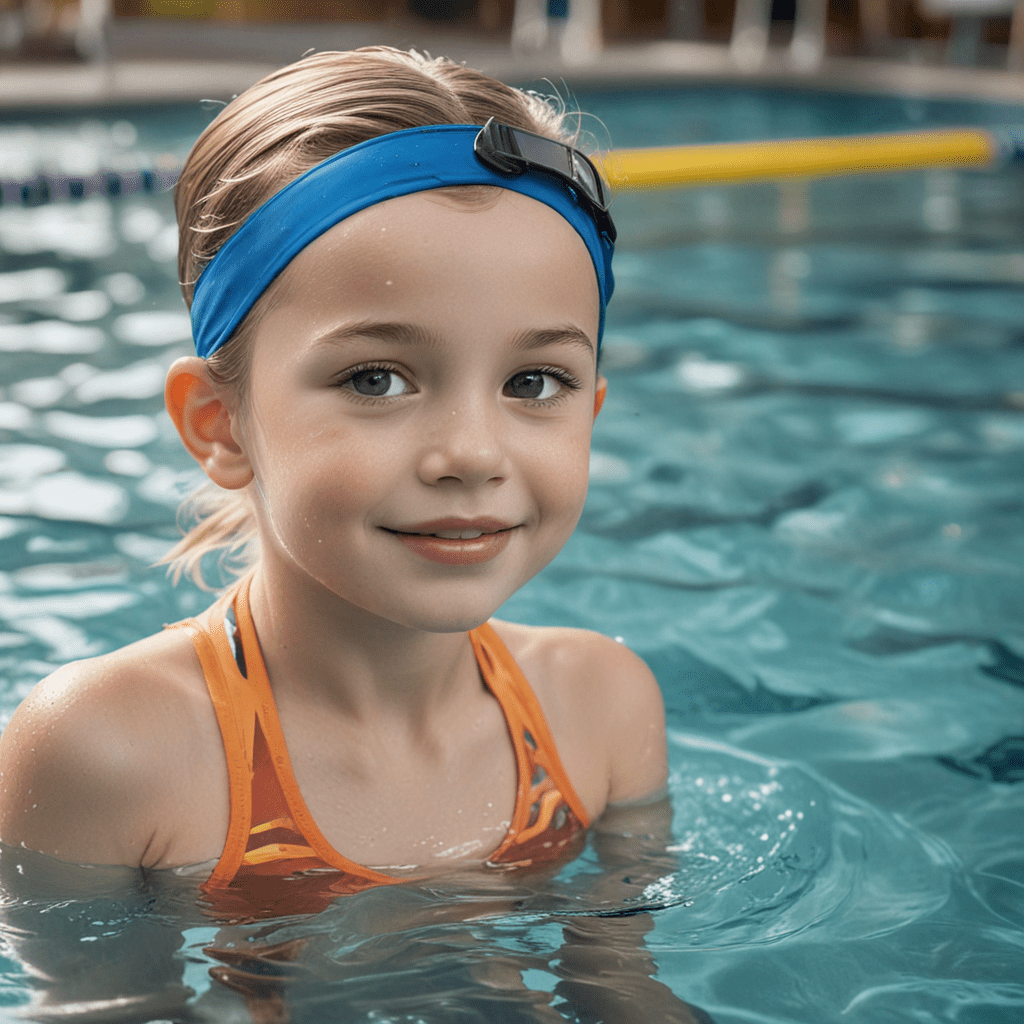
Swimming for Kids: Water Safety and Fitness
1. The Importance of Water Safety for Kids
Drowning is the leading cause of injury-related death for children under the age of five. Every year, hundreds of children drown in swimming pools, lakes, and other bodies of water. Tragically, many of these deaths could have been prevented if the children had known basic water safety skills.
2. Essential Water Safety Tips for Parents
Parents play a critical role in ensuring the water safety of their children. Here are some essential tips for parents:
- Never leave children unattended near water, even for a moment.
- Teach children to swim as early as possible.
- Provide children with appropriate life jackets or flotation devices when they are in or near water.
- Supervise children closely when they are swimming or playing in water.
- Learn CPR and first aid in case of an emergency.
- Fence your pool or hot tub and keep it locked when not in use.
3. Basic Swimming Skills for Beginners
The first step in teaching children to swim is to make them comfortable in the water. You can do this by playing games in the water, such as splashing and floating. Once they are comfortable in the water, you can start teaching them basic swimming skills, such as:
- Blowing bubbles in the water
- Paddling with their hands and feet
- Kicking with their legs
- Floating on their backs
6. The Benefits of Swimming for Kids
Swimming is not only a great way to cool off on a hot day but also a fantastic activity for kids to stay healthy and active. Swimming offers a multitude of benefits, including:
Physical Fitness and Health
Swimming is a full-body workout that strengthens muscles, improves cardiovascular health, and enhances flexibility. It also helps build endurance and coordination. Additionally, swimming is a low-impact activity, making it suitable for kids of all ages and fitness levels.
Building Confidence and Social Skills
Learning to swim can boost a child's confidence and self-esteem. It empowers them with a sense of accomplishment and teaches them the importance of perseverance. Swimming also encourages social interaction, as kids can learn alongside friends and peers in group lessons or activities.
Fostering a Love for Swimming
Introducing kids to swimming at an early age can help them develop a lifelong love for the water. This passion can translate into regular exercise, water sports, and recreational activities, promoting a healthy and active lifestyle.
10. Resources and Support for Parents and Kids
Numerous resources and support systems are available for parents and kids interested in swimming. These include:
- Swimming lessons: Offered by community centers, swim schools, and private instructors.
- Lifeguard training: Teaches kids essential water safety and rescue skills.
- Swim clubs: Provide structured training and competition opportunities for aspiring swimmers.
- Online resources: Offer information on water safety, swimming techniques, and aquatic fitness.
FAQs
Q: How old should my child be to start swimming lessons?
A: Most experts recommend starting swimming lessons between the ages of 4 and 6.
Q: What are the signs of a good swimming instructor?
A: Look for instructors who are certified, experienced, and patient. They should also create a fun and safe learning environment.
Q: How often should my child go swimming to improve their skills?
A: Regular practice is key to improving swimming skills. Aim for at least one to two swimming sessions per week.


